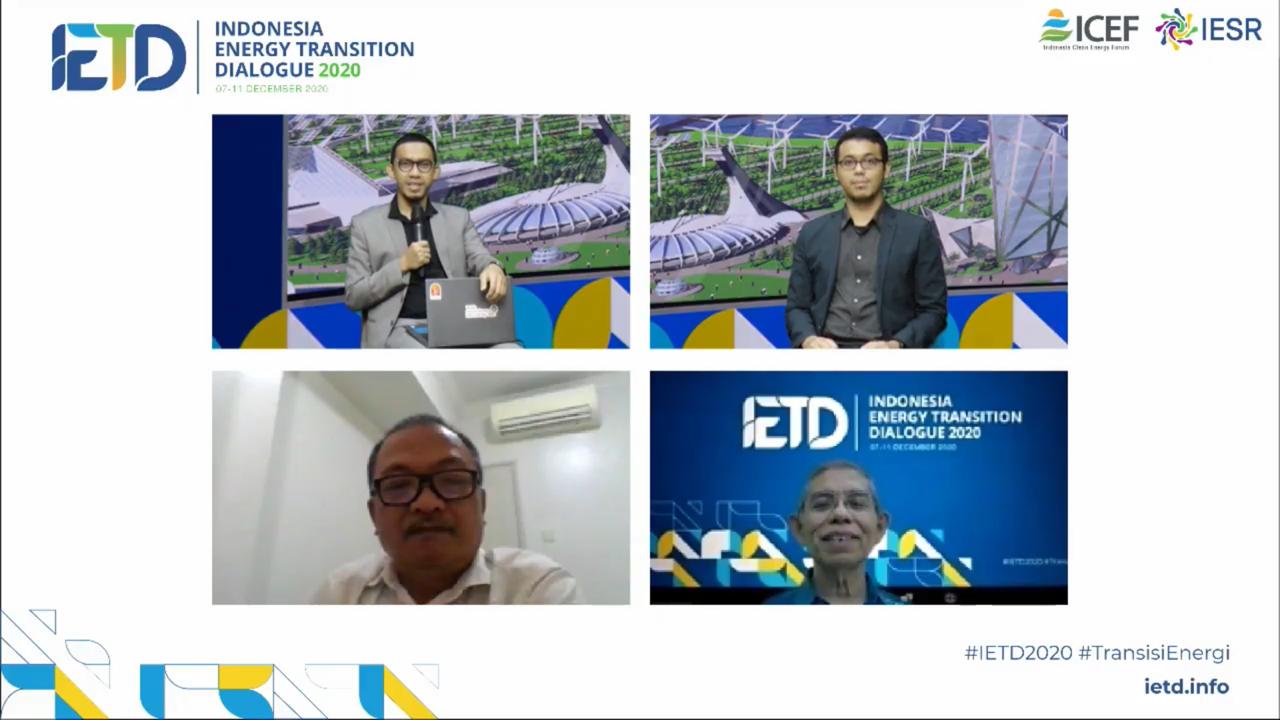
Renewable Energy Policy in Indonesia is Overlapping
Day 4 Indonesia Indonesia Energy Transition Dialogue 2020, Better energy system planning to transition the Indonesian power sector Jakarta, December 10, ... Read more.
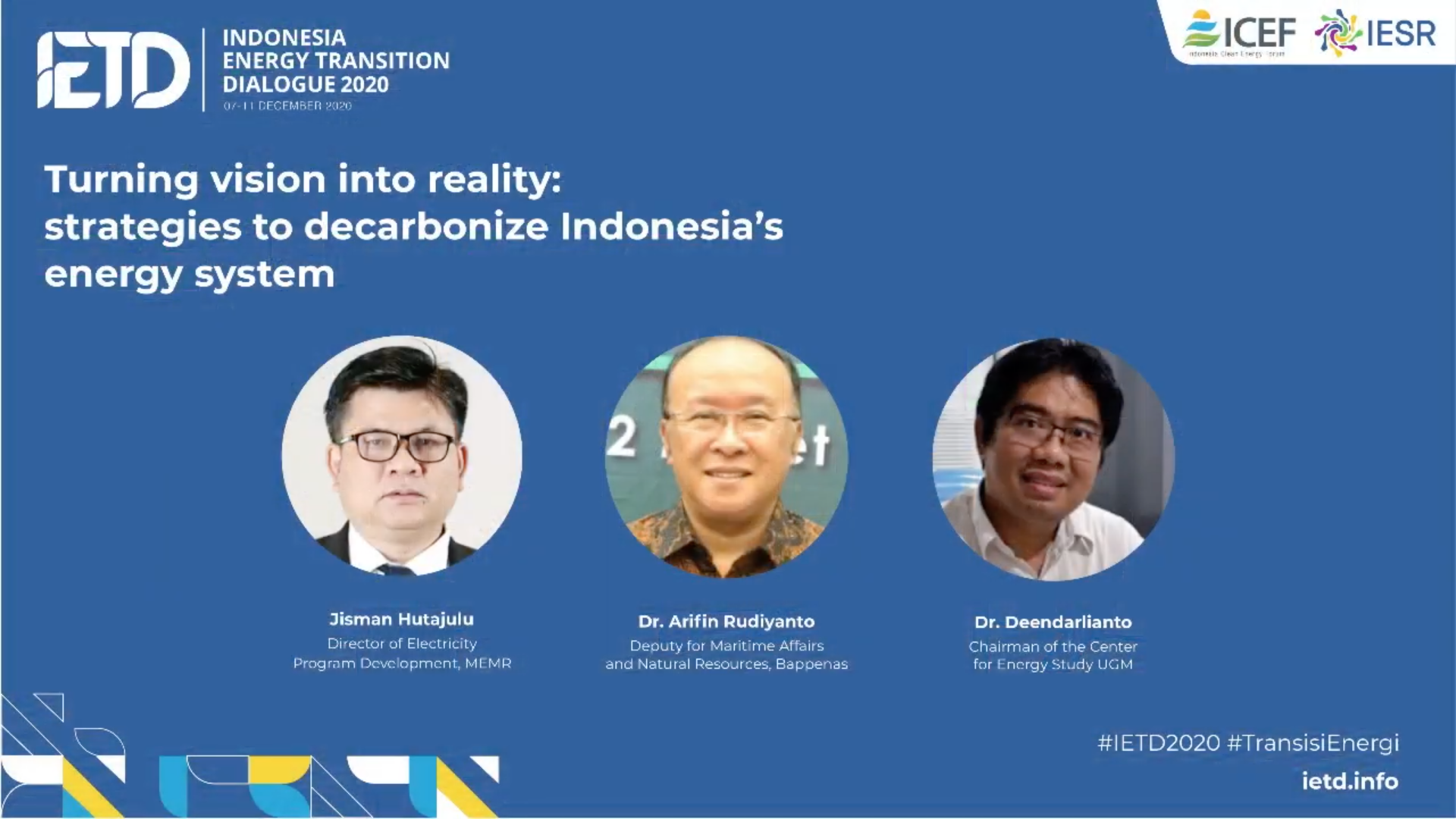
Energy Transition Acceleration Must be Just
Day 4 The 3rd Indonesia Energy Transition Dialogue 2020 | #IETD2020 #TransisiEnergi Reducing carbon emissions through renewable energy transition needs to consi... Read more.
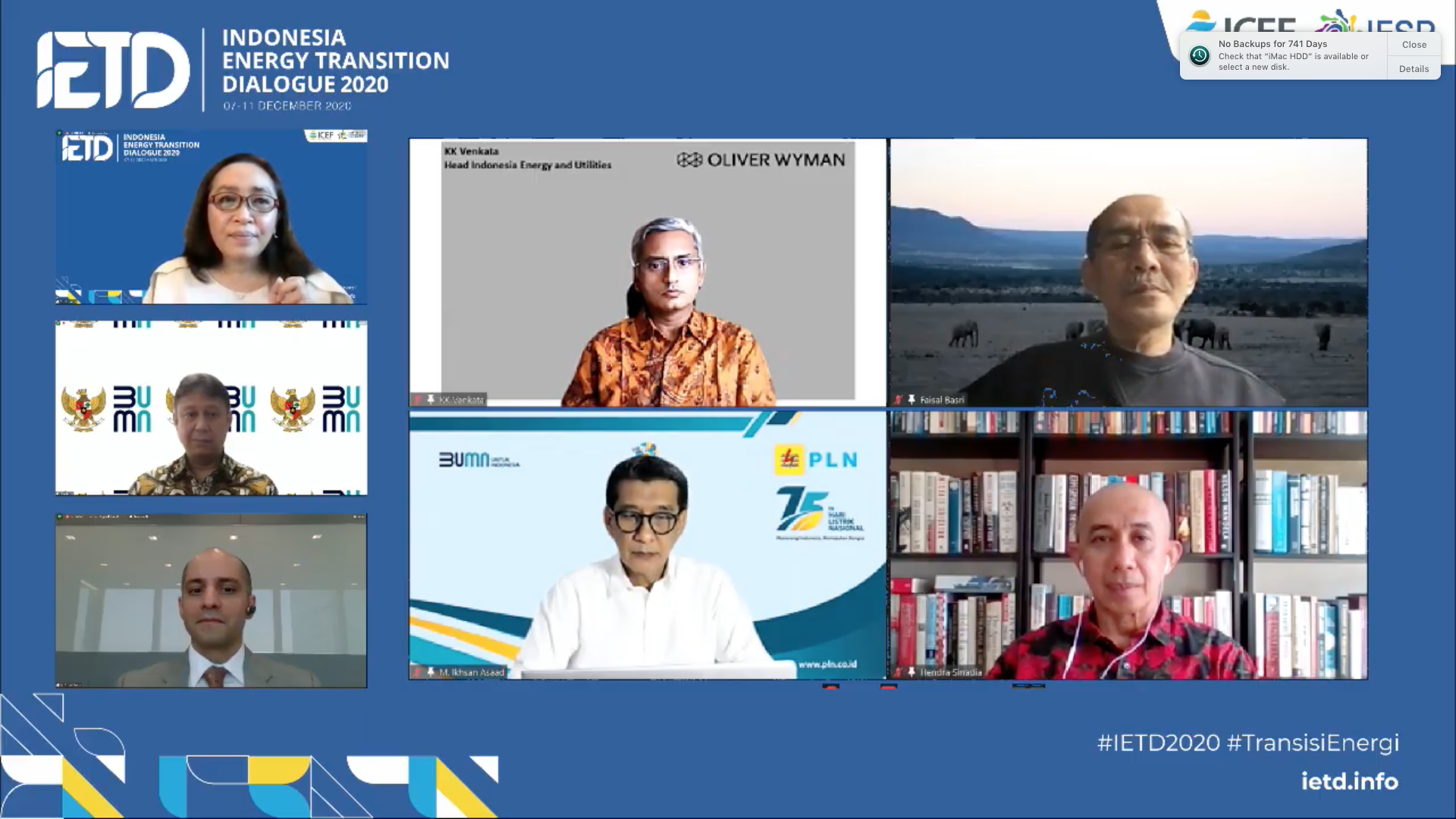
Global Renewable Energy Trend Increases, Indonesia Must be Prepared!
3rd Indonesia Energy Transition Dialogue 2020 Day three | #IETD2020 #TransisiEnergi Jakarta, December 9, 2020 – Energy transition is taking place all aro... Read more.

Local Government Programs are the Key to Successful Renewable Energy Transition
Jakarta, December 8, 2020 – Each region in Indonesia has a lot of renewable energy potential that has not been utilized optimally. That being said, local ... Read more.
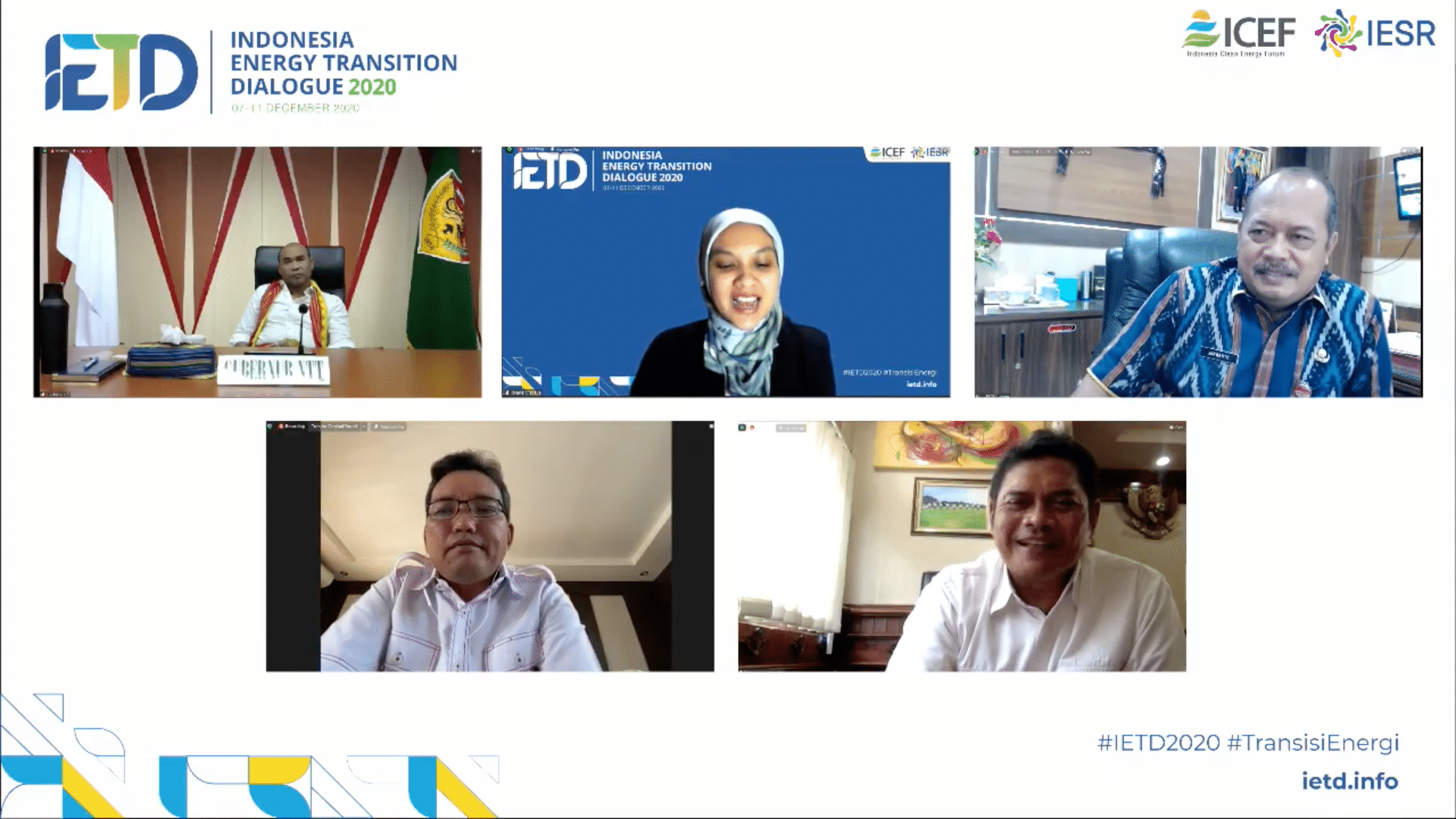
Local Government’s Commitment is The Key to Renewable Energy Transition
Jakarta, December 7, 2020 – Each province in Indonesia has a lot of renewable energy potential that has not been developed optimally. Therefore, aside fro... Read more.

All Parties Collaboration Required! Reducing Carbon Emissions through Renewable Energy Development
Day one of The 3rd Indonesia Energy Transition Dialogue 2020 #IETD2020 #EnergyTransition Jakarta, 7 December 2020 – Carbon emissions from Steam Power Pl... Read more.
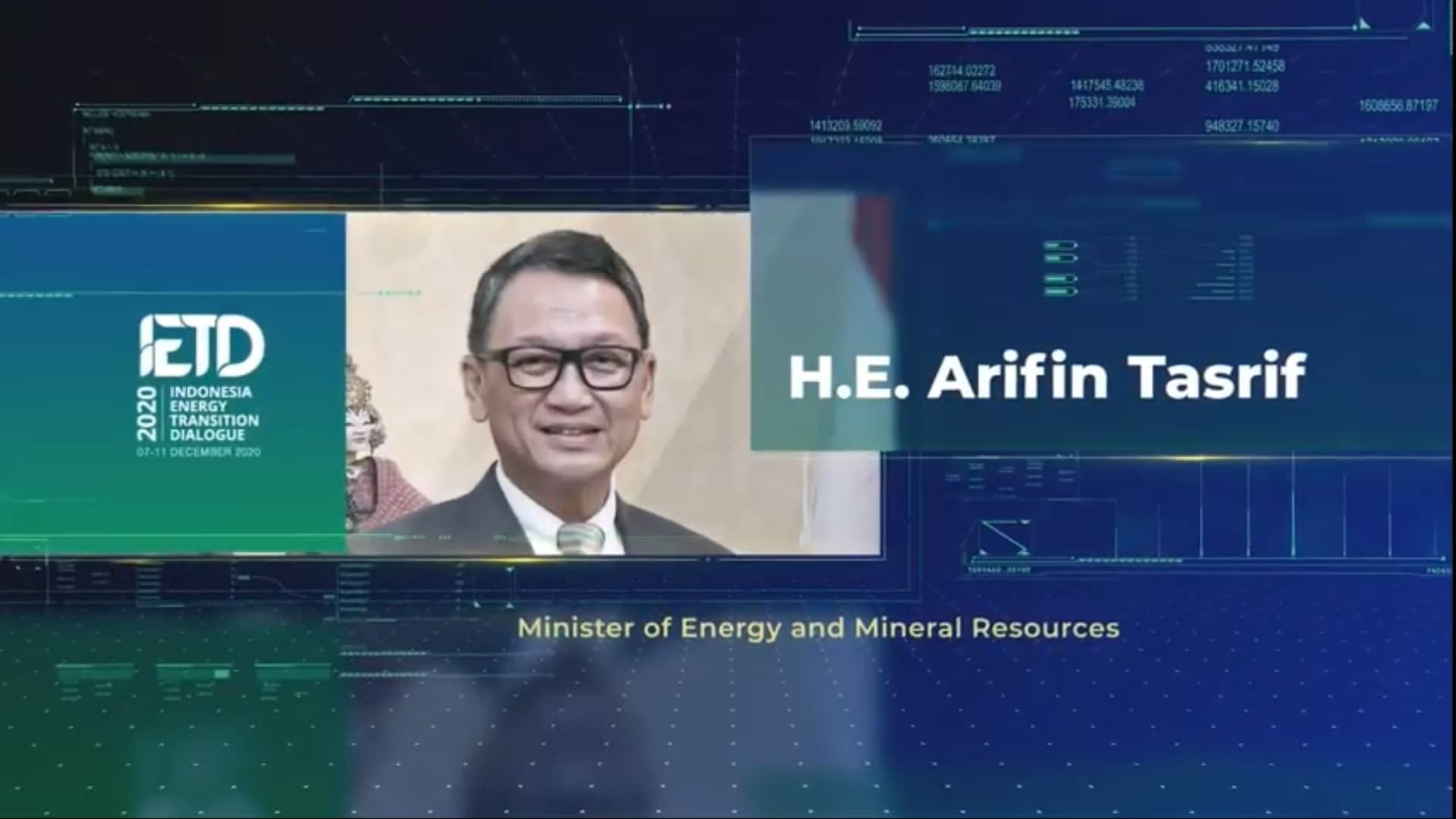
IETD 2020: Keynote Speech Arifin Tasrif, Minister of MEMR
It is indeed a great pleasure for me to be here today, to attend “the 3rd Indonesia Energy Transition Dialogue 2020” this afternoon. My deepest appreciation... Read more.
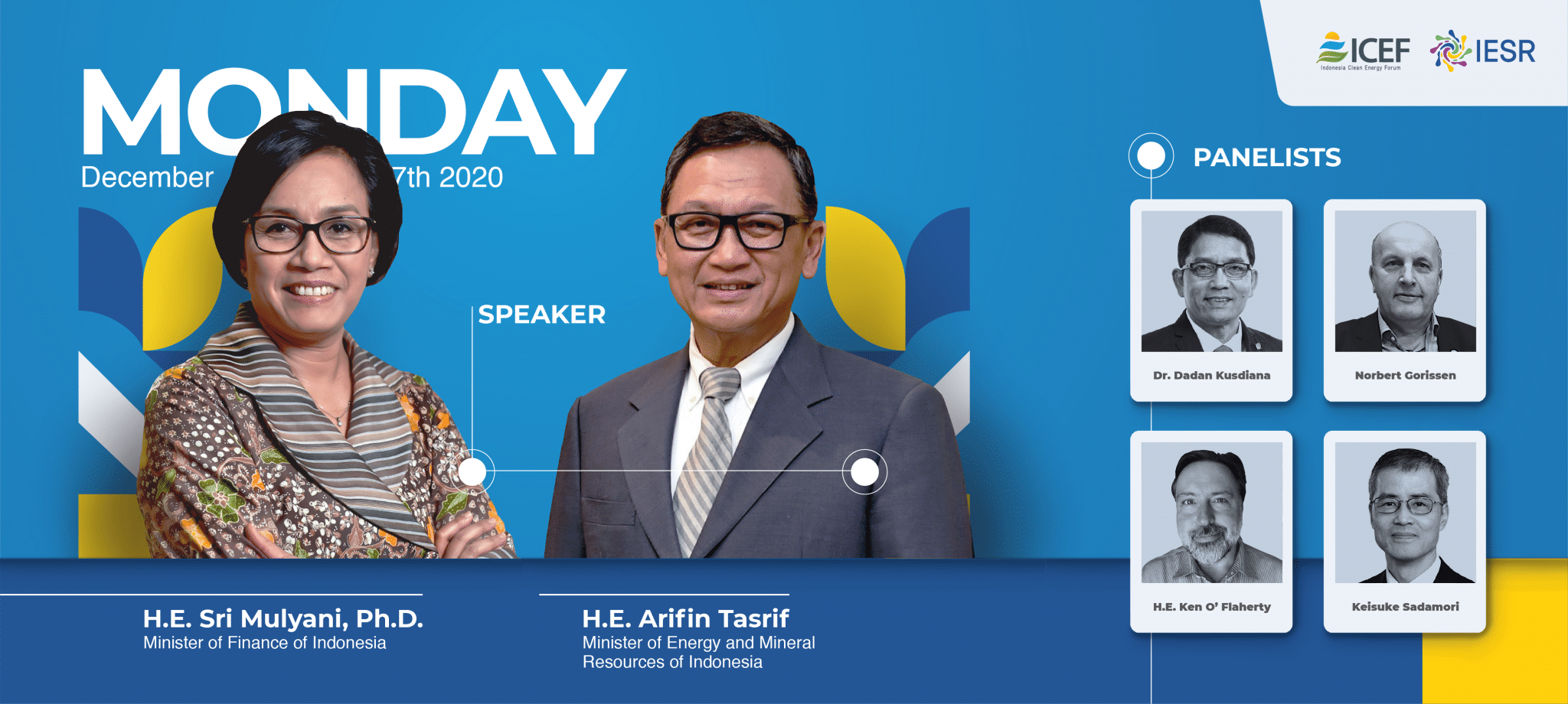
IETD 2020: How to use green recovery plan to accelerate the low carbon energy transition?
Covid-19 pandemic has drawn focus on sustainability issues and economic recovery. How to use this recovery plan to accelerate the low carbon energy transition? ... Read more.

The Jakarta Post | The (im)possible quest of making Indonesia a solar powerhouse
The (im)possible quest of making Indonesia a solar powerhouse Monday, 9 November 2020 This article was published in thejakartapost.com with the title “T... Read more.

5 Ways to Make You Become A Part of The Energy Transition Generation
If fossil fuels are no longer viable energy sources, how do we ensure the sustainability of power on earth? These are 5 Ways to Make You Become A Part of&hell... Read more.
